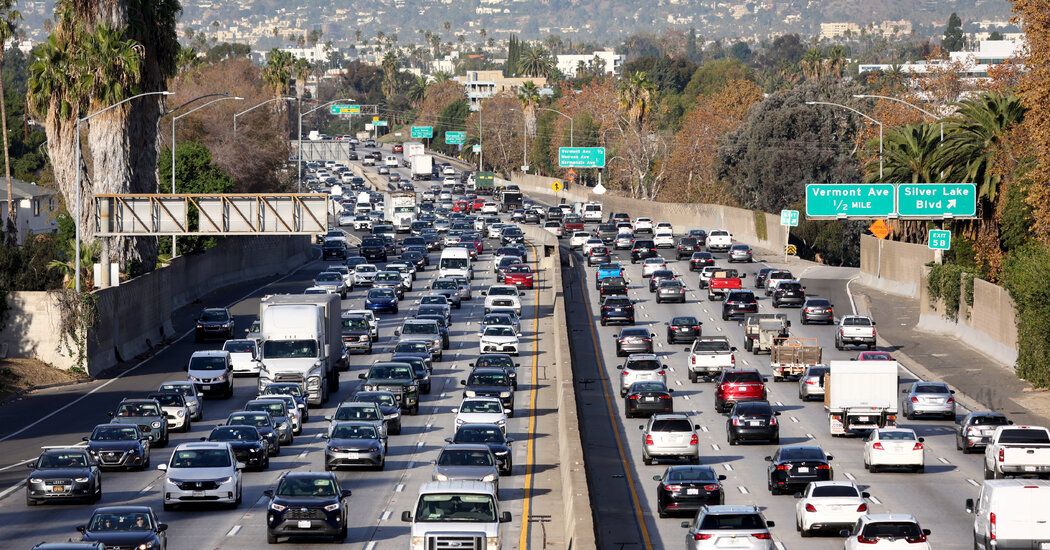Biden Administration Moves to Tighten Fuel Economy Rules
Why It Matters: Reducing Greenhouse Gas Emissions
The Transportation Department estimates that the proposal would reduce the use of gasoline in the United States by 88 billion gallons through 2050 and avert more than 900 million tons of carbon dioxide emissions.
That would be the equivalent of taking more than 233 million vehicles off the road from 2022 through 2050.
The department also estimates that the combined benefits of the proposal would exceed costs by more than $18 billion, chiefly by saving consumers money on fuel.
“Better vehicle fuel efficiency means more money in Americans’ pockets and stronger energy security for the entire nation,” Transportation Secretary Pete Buttigieg said.
Context: Bracing for a Wave of Legal Challenges
The new rule, announced by the Transportation Department, is designed to achieve the same goals as a separate proposal announced by the Environmental Protection Agency in April. That plan would require automakers to limit the planet-warming tailpipe pollution generated by the total number of cars each manufacturer sells.
Together, the two sets of rules are meant to accelerate the nation’s transition to all-electric passenger vehicles, one of President Biden’s signature efforts to fight climate change. The administration is aiming to ensure that two-thirds of all new passenger cars sold in the United States are all-electric by 2032, up from just 5.8 percent last year.
Legal experts say the two measures might also work in tandem to defend the administration’s climate policies against an expected wave of legal challenges. If the courts strike down one, the other might remain standing.
The auto industry’s largest lobbying group has already come out against the E.P.A.’s portion of the rules, writing in public comments on the proposal that major auto companies do “not believe they can be met without substantially increasing the cost of vehicles, reducing consumer choice, and disadvantaging major portions of the United States populationand territory.”
And the nation’s Republican attorneys general, who have banded together to challenge many other climate rules in court, are expected to do the same with the auto rules.
“To a certain extent this is belt and suspenders,” said Michael Gerrard, an environmental law expert at Columbia University. “The fact that we have two different rules from two different agencies under two different statutes increases the odds that at least one will survive.”
What’s Next: The Court Battles and the Election
Both the Transportation Department rule on auto fuel economy and the E.P.A. rule on auto emissions are proposals, not the final regulations. Both agencies will take public comment on the rules, and then go back to the drawing board before issuing the final, legally enforceable rules next year.
It appears highly likely the final rules will end up before the Supreme Court. But, should a Republican win the White House in 2024, the new president could begin the legal process of rolling back the rules.
Source: The New York Times


